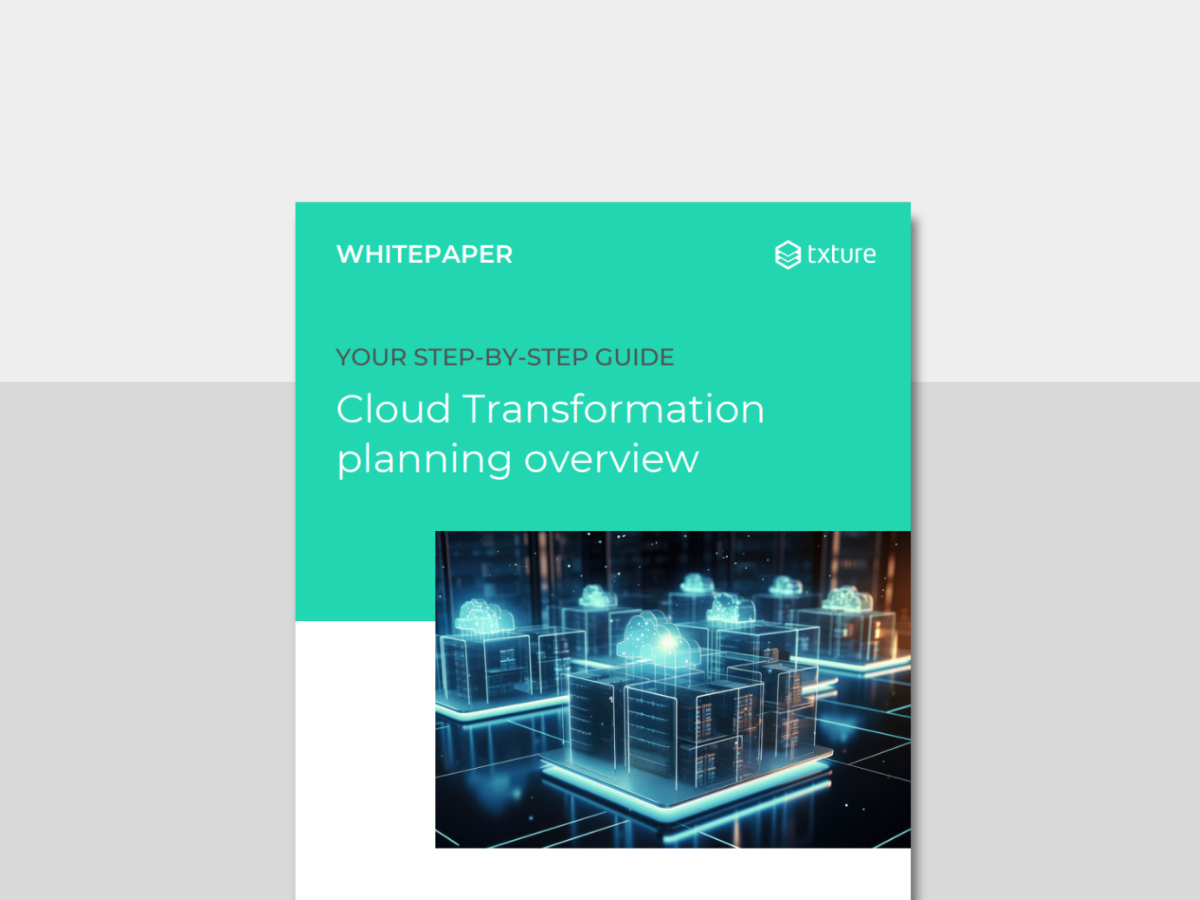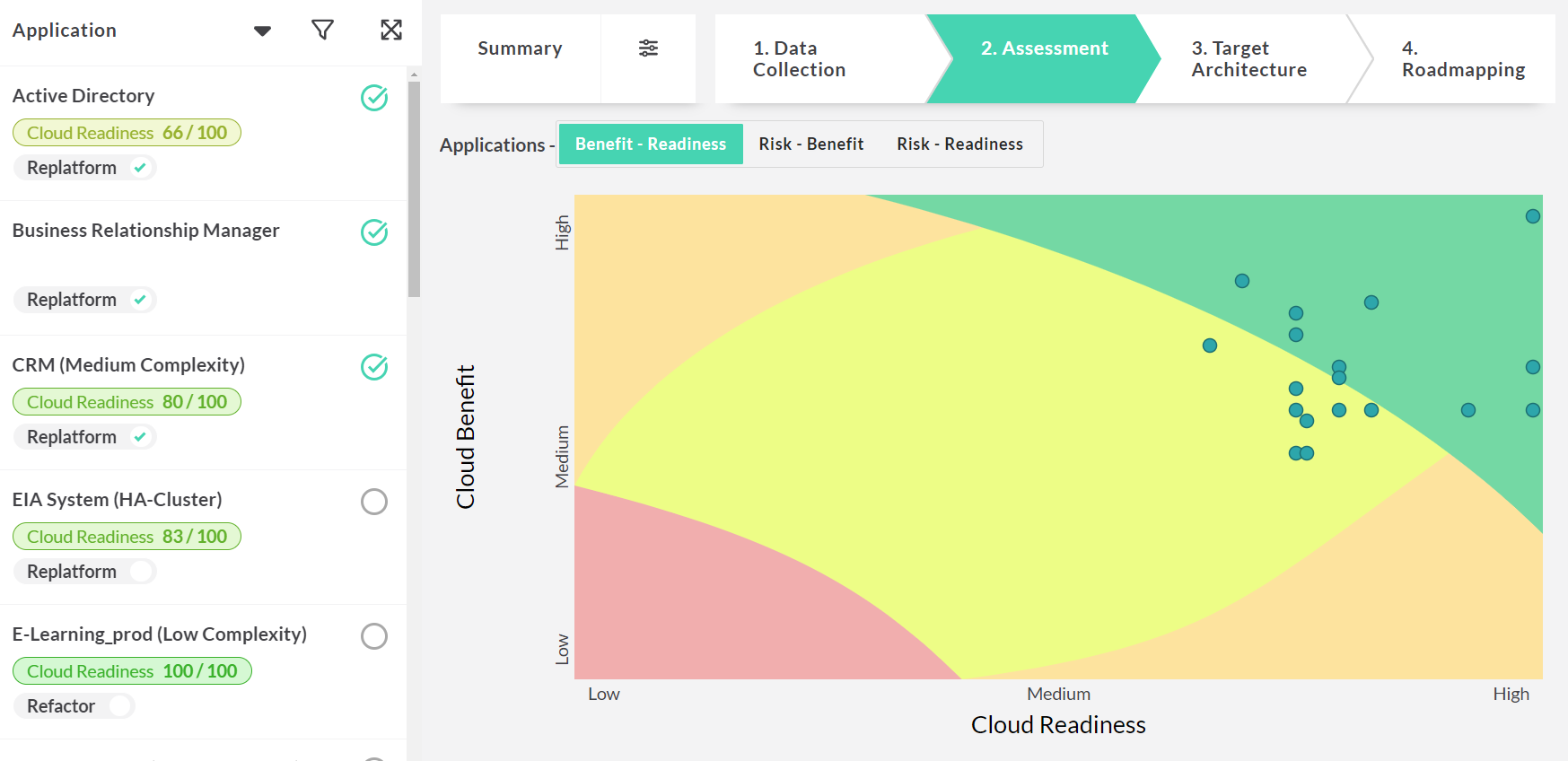Is cloud more expensive than on-premises?

You've probably heard people confidently argue that the cloud is more expensive than on-prem, and others proclaim (with equal certainty) that the opposite is true.
What makes the debate complicated, and a bit pointless, is that the expense of adopting the cloud is highly contextual, and depends on various factors.
In this article, we’ll try to demystify the cloud cost conundrum by exploring all the essential aspects that impact the financial equation. We’ll see that initial costs (especially for cloud readiness assessment and cloud migration) have to be considered, but that the long-term value for the business (for instance: improved scalability) also needs to be calculated.
By gaining a comprehensive understanding of these factors, organizations can make well-informed decisions and align their choices with their unique business requirements.
The cloud is not just about technology and infrastructure
The most common pitfall in comparing cloud and on-premise costs is to see the cloud as a technical solution, disconnected from business needs. As Nordcloud’s Head of Cloud Transformation advisory recently stated, many organizations are focusing on the “infrastructure” side, and overlook the business side of a cloud transformation.
The cloud cannot be said to be "more expensive" by focusing solely, for example, on product costs. For instance, if you compare the cost of hosting your own server to the cost of, say, a Google Compute Engine instance, you might find out that a GCE instance is more expensive. Does it mean that you should stick to your on-premises server and definitely forget about the cloud?
Let's assume that, in your calculation, you have already taken into account the savings made by no longer managing your own servers (electricity, cooling, etc.). You still fail to capture all the value brought to the business by cloud computing, an example (among many others) being the ability to innovate and release new products or services faster. This can be captured in a cost/benefit analysis, in which you would consider the overall cost of a cloud infrastructure, but also the value it brings to your business in the long term.
“How to measure value?”, will you ask. That brings us to the second part of this article: a cloud transformation makes sense if you define the business case behind it.
Cloud computing leads to cost savings, but it must be done right

Another mistake in calculating cloud ROI is to assume that simply moving an IT estate to the cloud will automatically lead to cost savings.
One could say that the cloud has been a victim of its own success. Enthusiastic cloud advocates may be partly to blame, in that they have sometimes been too quick to portray the cloud as a silver bullet, always leading to immediate return on investment. The results is that many organizations, eager to jump on the bandwagon, had a rough awakening when they saw that the savings weren't happening.
In order to realize the full potential of cloud transformation, an organization needs to take a closer look at its current IT estate, and determine business cases for cloud migration. As part of the business cases definition, it is key to define strategic goals associated with cloud migration. What value should the cloud bring to the business? Enhanced security, improved disaster recovery, more flexibility, more scalability, more sustainability?
Cloud computing can bring value in many different ways, but the best migration approach will depend on an organization’s priority. Hence, a simple “lift-and-shift” migration approach for all applications of an IT portfolio is not enough to unlock all the value of cloud computing.
Do you need a clear overview of what your cloud transformation will look like? Download our step-by-step guide and succeed at every phase of your cloud transformation!

Step-by-step Guide: Cloud Transformation Planning
How the cloud’s benefits are specific and company-tailored
In cloud computing, there’s no “one-fits-all” solution. The added value by cloud computing depends inmensely on a specific businesses’ challenges and needs. Many scenarios are possible:
- Flexibility: For instance, a business that experiences many ups and downs in its resources consumption might feel limited by an on-premise infrastructure. They are maintaining servers that are needed only at very specific times of the year. Their main reason to move to the cloud will be the flexibility associated with “the pay-as-you-use’ billing options offered by cloud providers.
- Innovation: Other companies might decide to migrate to the cloud in order to develop a continuous delivery model which will allow them to launch the next version of their software twice as fast as with the current system.
- Hardware-independency: On-premises companies are constrained by the hardware cycles of their data centers, often becoming locked into years of utilizing outdated and inefficient machinery. However, transitioning to the cloud allows them to easily adapt and select optimal hardware tailored to their immediate requirements.
- Sustainability: Many companies have tight ESG goals to reach and move to the cloud to reduce their IT’s carbon emissions.
In a nutshell: cloud will bring value to companies that planned their transformation as part of a clearly defined business strategy, with concrete goals, and with a sound change management policy.
Consider the cost associated with the actual migration
Unless you are a brand new company that was founded last month, chances are you have a legacy system in place. Therefore, the cost of performing a cloud transformation is part of the overall cloud costs that must be considered.
Planning and executing a cloud migration involves analyzing your current IT estate, calculating business cases for cloud migration, and defining migration strategies for each application that is part of your transformation scope. Whether it is performed internally or with the help of external consultants, this will cost time and money. This aspect should also be added to the overall cost/benefit analysis when working on your cloud journey.
If you want to learn more about the different costs associated with a cloud migration project, you can have a look at our previous article: “how expensive is a cloud migration?”.
Your platform to save costs and gain speed on your journey to the cloud
As we discussed, one of the main factors in the success of a cloud migration is to define clear business goals and to choose cloud components accordingly. In the context of large scale migration projects, it can easily become overwhelming, as you need to analyze hundreds (or thousands) of applications, understand their value for the business and find the best-suited cloud replacement.
At Txture, we created a software platform to streamline this process. The Txture platform helps you to quickly collect information on a large set of applications, to get an overview of your current IT estate.
The platform standardizes the application assessment process. Based on the collected information, it recommends a suitable migration strategy (based on the 6R), as well as migration risk score, a migration benefit score, and a suggestion for migration timing.

Txture provides you with detailed bills of materials to help you forecast the costs of your cloud architecture. You can also use the platform to identify right-sizing opportunities and continuously save costs.

Seeing is believing
Want to have a first look at how the platform streamlines the process of application assessment for cloud migration? Let’s start with a short video by our colleague Lukas!
Do you want to learn more about the platform and how it can help you speed up your cloud migration? Reach otu to us, we’ll be happy to answer your questions!
Related posts
13.4.2021Cloud KnowledgeTCO: How Expensive is a Cloud Migration?13.8.2020
Cloud KnowledgeTxture Features for Saving Costs on Your Journey to Cloud30.6.2020
Cloud Knowledge4 Strategies for Saving Costs on Your Journey to Cloud13.12.2019
Cloud KnowledgeSurviving in the Messy World of Multi-Cloud Pricing
